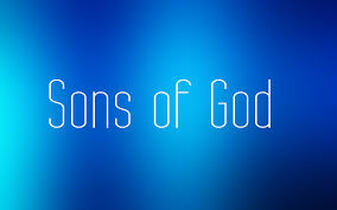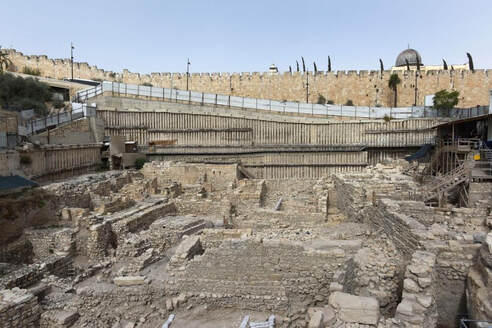
Psalm 36:7-9
‘Therefore the children of men put their trust under the shadow of Your wings.
They are abundantly satisfied with the fullness of Your house,
And You give them drink from the river of Your pleasures.
For with You is the fountain of life’
David knew the Tabernacle, but when he moved the ark into the City of David, he pitched a small tent (tabernacle) for it at Gihon, near where that ancient spring gushed forth with its surging flow. He did this because he understood that to be the site, The Place (HaMakom) where Jacob had had his dream and declared “how awesome is the place. This is the this is none other than the house of God (Bethel or Beit-El) and this is the gate of heaven” (Genesis 28:17)
In my view David in the Psalm quoted above is picturing the security and blessings of the presence of God where he has placed the ark and the holy articles.
He pictures the place of trust as being in that sacred Word that dwelt beneath the wings of the cherubim (representing God’s protective cover).
He pictured that Gihon stream being the stream from which God gave His people to drink of life-giving water from His throne-room.
Gihon had provided life-giving water for generations and it was at the location that God had always had in mind as The Place (HaMakom), where His presence would permanently be among His people, represented by the ark and the Word of Testimony, all the accoutrements of the temple, AND, the stream of Gihon (‘Gushing Forth’) representing the God’s Living Water available and flowing from His presence!
Read 'THE PLACE, HaMakom: where Jerusalem's temples stood' to discover the unfolding history of this sacred place--and where Solomon built his temple (no, not on so-called Temple Mount!)




 RSS Feed
RSS Feed
